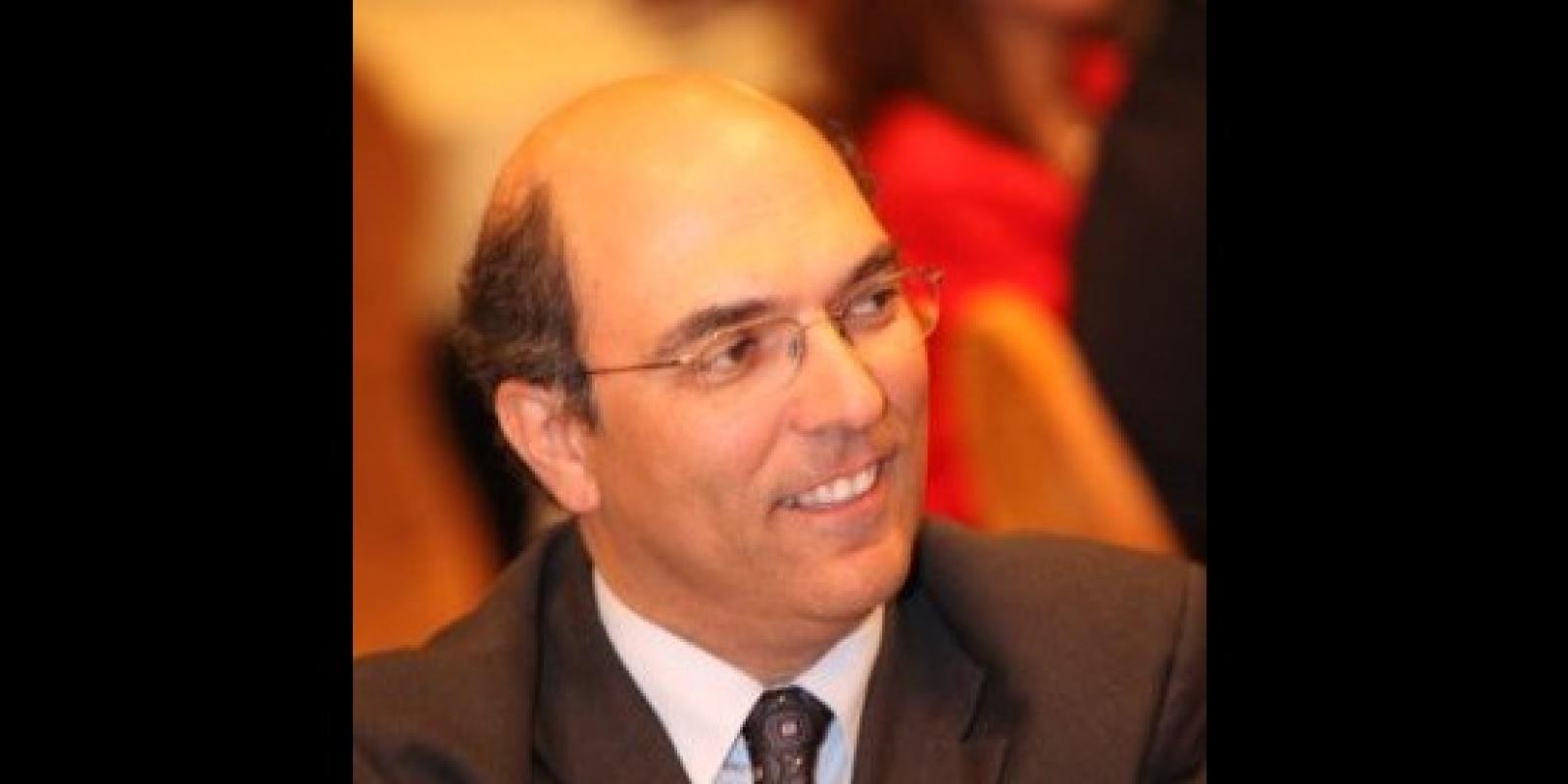
Sherif Kamel: Keeping Pace with New Tech Trends, Bringing People Together
From apps for student life, course registration, grades and sports tournaments to the creation of blended learning spaces combining in-class seminars with online resources, AUC’s new Office of Information Management, headed by Sherif Kamel, management professor and former founding dean of the School of Business, aims to bring together people and technology in innovative ways that reflect the continuous and changing academic needs in today’s digital world.
“There’s a growing trend toward on-the-go apps, and AUC should be there,” affirmed Kamel. “There are a variety of emerging learning tools and applications, and not all of them are web-based platforms. [In fact], the web is seen as the classical approach, not the most innovative and creative anymore.”
Interactivity and collaborative technologies are the way forward, Kamel noted. “I want to see more interactive communication and more apps offering a variety of services,” he said. “Some can be directly related to the learning experience, and some can be related to services and community life on campus.”
Laying the Groundwork
During this first year, Kamel will be primarily focused on conducting an overall assessment of the technology space at AUC. “This is a collective effort and should lead to the development of a strategy for information management for the next three to five years –– where we are, where we are heading and how to get there,” he said, adding that the office will always amend its strategy based on emerging and changing needs. “But we need to have something that is integrated and complements the AUC strategy,” he emphasized.
The initial step in developing a strategy is gathering feedback from the community. “It is always important to first understand the environment by talking to different stakeholders, including students, faculty, staff and alumni, and getting their views and thoughts,” said Kamel. “We need to know what issues and challenges they’re facing. It is a community effort, and engaging different stakeholders will help bridge whatever gaps exist between what people have and what they are looking for.”
Kamel added that, as former dean of the School of Business, he had regular discussions with faculty, staff and students to understand their concerns, listen to their ideas and explore ways to improve the school.
“I see this happening again in my new position,” said Kamel, who also met with student leaders on campus to listen to their ideas and needs.“Just a couple of days after I took on my new responsibility, I was approached by a group of students who proposed to me an app for navigating the campus. They even had an initial version built. It’s s a great suggestion and is just one example of how we hope to facilitate services offered through technology.”
Embedded Blended Learning
A key component of Kamel’s vision for the office is revisiting technology utilization on campus, specifically, how technology is embedded in the learning experience. “It’s one thing to update the technology infrastructure and train students, faculty and staff to use it,” Kamel said,“but how are we actually embedding technology in the whole cycle?”
A major trend in higher education, according to Kamel, is the creation of blending learning spaces. “Blended learning is the mixture of in-class seminars with online resources and webinars,” he explained. “With that combination, we can render the learning experience much more effective because after 20 years of web and online platforms, there is a huge knowledge depository out there. It’s definitely one of the things we’ll be looking at.”
With this forward-looking vision, Kamel is exploring the different venues where existing technology on campus can be improved. This includes identifying avenues for the community to access campus services through various technology devices, expanding the way students and faculty members use technology in the classroom and offering staff members the opportunity to capitalize on the use of technology in their administrative and managerial responsibilities.
Campus Collaboration
To accomplish all these goals, Kamel emphasized the importance of campus collaboration. A significant amount of technology infrastructure at AUC already exists, but Kamel sees an opportunity to work with different stakeholders to identify how the available resources can best benefit the University community. The office will be working with the information technology infrastructure at large and University library –– utilizing its technology tools, applications and emerging digital platforms–– to investigate the role of technology and innovative methods in the learning process, as well as explore different venues for information creation, dissemination and knowledge sharing for the AUC community. The office will also work with the academic schools, Center for Learning and Teaching, as well as the various research centers on campus.
“Coordination and collaboration will render the operation more efficient and avoid redundancy or duplication,” Kamel explained. “We should collectively be looking at how to best serve the AUC community, whether on or off campus, through technology platforms, tools and applications to meet the University’s mission.”
For Kamel, the creation of the office is only the first step forward in a continuous effort to develop new initiatives. “I personally believe in continuous improvement and that such a process is a journey and never a destination,” he said. “This is a collective effort, and I look forward to working with different stakeholders to continuously improve students’ learning experiences, where technology is absolutely invaluable and a critical element in the learning process. With the support of the intellectual human capital on campus and with the proper and collective efforts of all, we will regularly improve the learning environment, reflecting what the different constituents want to be able to realize the positive impact on society we all desire.”
Even as Kamel discusses the technological aspects of his new position, he makes a point to never lose sight of where technology comes from and who it is for. “The most important element and building block in that space is the people; they make all the difference,” he said.
